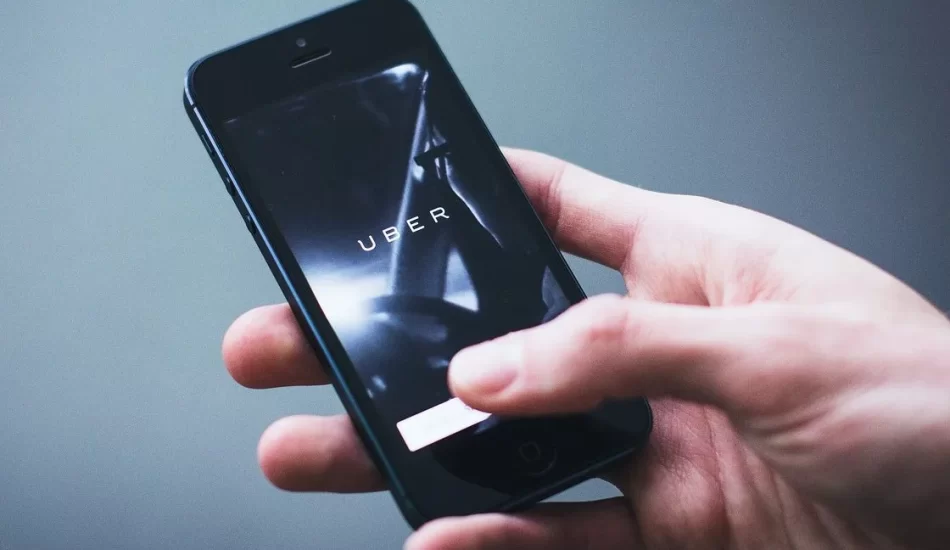Understanding Uber and Lyft Ridesharing Accidents

Uber and Lyft both qualify as ridesharing companies (legally known as “transportation network” companies), providing convenient transportation to many a passenger by connecting them to freelance drivers employed by the company. For many a commuter, these services can be far superior to driving themselves, albeit more expensive—for example, according to Uber’s US Safety Report, the average ridesharing trip is tens of times safer than a regular motorist’s journey.
However, whether safer or not, ridesharing car accidents in Nevada can and do still happen. When they do, make sure you know what to expect, and stay safe on the road to avoid being caught in one in the first place.
How Ridesharing Collisions Compare to the Average
When attempting to understand ridesharing collisions overall, it’s helpful to know what differs from the standard, two-vehicle accident which is more extensively detailed in legal precedent and on the internet. In many ways, ridesharing accidents can be functionally identical to standard crashes:
- Lethality and injury. Ridesharing accidents are still accidents, so your first priority in any collision should be your personal safety and well being, followed shortly after by everyone else’s safety. See a physician and keep an eye out for delayed-onset injuries after your accident in order to secure your compensation and health.
- Damages sustained. Damages in a ridesharing accident are the same as any other accident generally—passengers have personal property to worry about, rideshare employees (and other drivers) will incur auto repair bills, all involved parties might have to worry about medical bills and lost wages, etcetera.
- Liability insurance requirements. Rideshare employees are given special exemption from the definition of a “commercial driver,” and as such, are afforded no special privileges or restrictions as compared to a regular motorist ferrying a passenger. In Nevada, this means rideshare drivers must adhere to minimum liability insurance requirements.
So where then are ridesharing accidents distinguished from regular collisions? In general, the distinction boils down to the ridesharing company’s specific policies and protections, alongside their corporate liability insurance:
- Extensive double coverage. Passengers, drivers of rideshare vehicles, and other drivers alike all benefit from additional coverage from the rideshare company on top of their personal insurance. This coverage is somewhat complex (it grows based on the “period” a driver is in, ranging from “logged in” to “ferrying a passenger”), but with a passenger on board, involved parties can expect $1,000,000 in comprehensive coverage.
- Company policy. Rideshare employees don’t have any additional legal requirements imposed upon them, but they can still be heavily regulated by company policy and held accountable for breaching their contract. For example, most transportation network companies, Uber and Lyft included, have a zero-tolerance alcohol policy rather than the normal 0.08 BAC limit.
What to Do After a Rideshare Accident in Nevada
As mentioned prior, focus on your safety and personal health after a collision of any variety, in any state. Provided that you’re safe, you can then start gathering evidence, whether you be passenger, driver, or employee. Take pictures of damages, exchange information with all involved parties, and make note of any relevant information, such as road conditions.
After things have settled down, file an insurance claim with the responsible party, whether that be the ridesharing company or anyone else, and then consult an attorney. Aaron Law Group’s experienced Las Vegas accident lawyers can answer any questions you might have and walk you through the claims process, so give us a call today at (702) 550-1111 to schedule a free consultation.